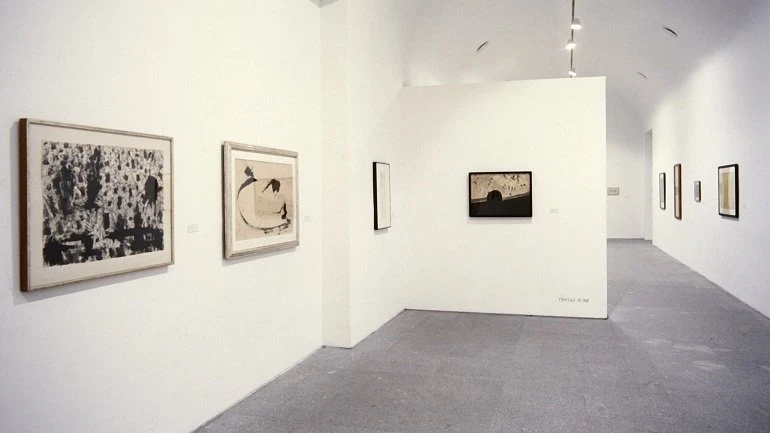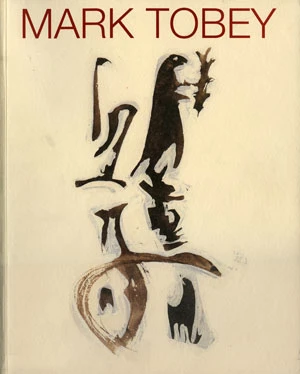Mark Tobey

This language and this reformulation of pictorial practice place Tobey at a phase before gestural painting and all-over which years later will be bought to centre stage by members of the New York School, including Jackson Pollock, Willem de Kooning and Arshile Gorky. However, there are differences that separate American Abstract Expressionism, by opting for smaller formats and not abandoning work at the easel their strokes do not manifest the hectic and convulsive movement of the body, but of the mind. "The execution and the idea are simultaneous, it is not simply action. The idea is revealed while the brush moves across the surface," Tobey wrote in a letter to art dealer Marian Willard in 1947.
With regular exhibitions and present in scenarios where the new post-war American artistic and cultural order is forged, Tobey shuns any attachment to a specific group or style. In 1954, the French art critic Michel Tapie, considers him one the two leading representatives of Informal Art, the second is Wols (Alfred Otto Wolfgang Schulze). The critics dismiss him in the Fifties because of his independence and "nomadism" -according to Matthias Bärmann- and his pluralistic spectrum of interests, which sometimes contradict the new national identity. This retrospective exhibition, which brings together one hundred and thirty works carried out between 1924 and 1975, highlights the key parts that turns Tobey into a unorthodox painter in a contemporary American context, where he manages to combine Native American cultural and artistic traditions (instructing Barnett Newman on this subject) with European art and culture and his admiration for China and Japan, where he regularly travels to from the early thirties. Thus in his work we can see echoes of sacred totems, like in Icon (1954). In addition, Tobey's work shows his fascination with the city as a stage made from lights and glass, as exemplified in Echoes of Broadway (1964), as well as with music and dance (notably his friendship with John Cage from 1939). These themes and references were already present in his 1945 exhibition at the Willard Gallery in New York, where his work was grouped into four sections: "War," "Indian", "City" and "Religious".
Artists
Organised by
Museo Nacional Centro de Arte Reina Sofía
Image gallery

